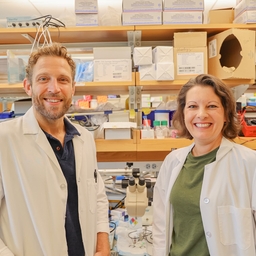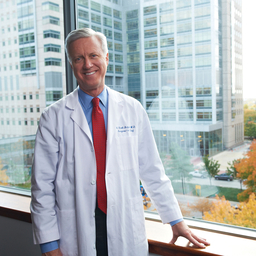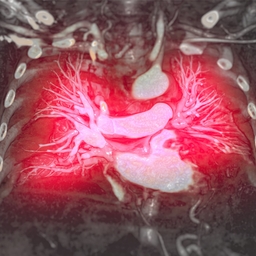
CHOP Highlights from the Joint Annual Fall Congress for Pediatric Urology
Jan 13, 2025
Doctors from CHOP’s Division of Urology helped plan and present at the 2024 Joint Annual Fall Congress, the largest conference in the world dedicated to pediatric urology.

